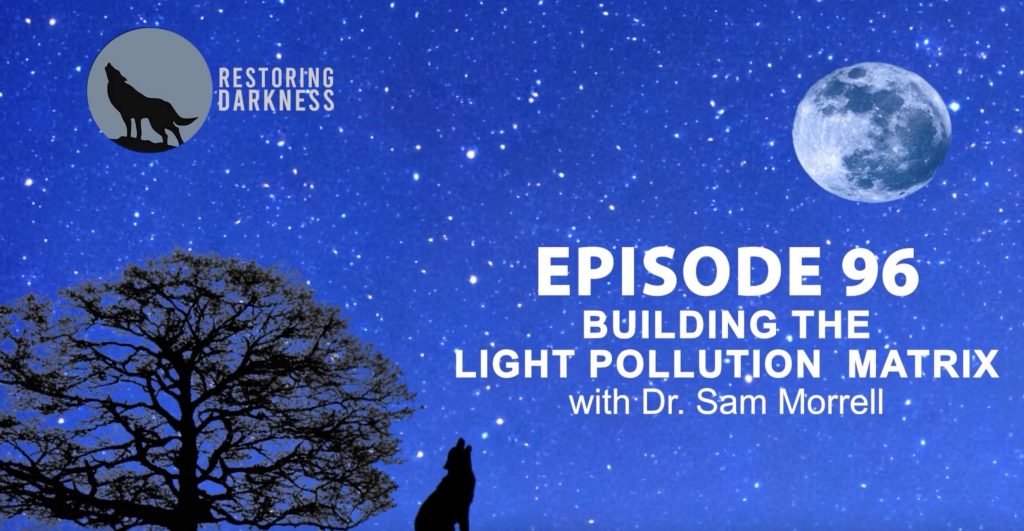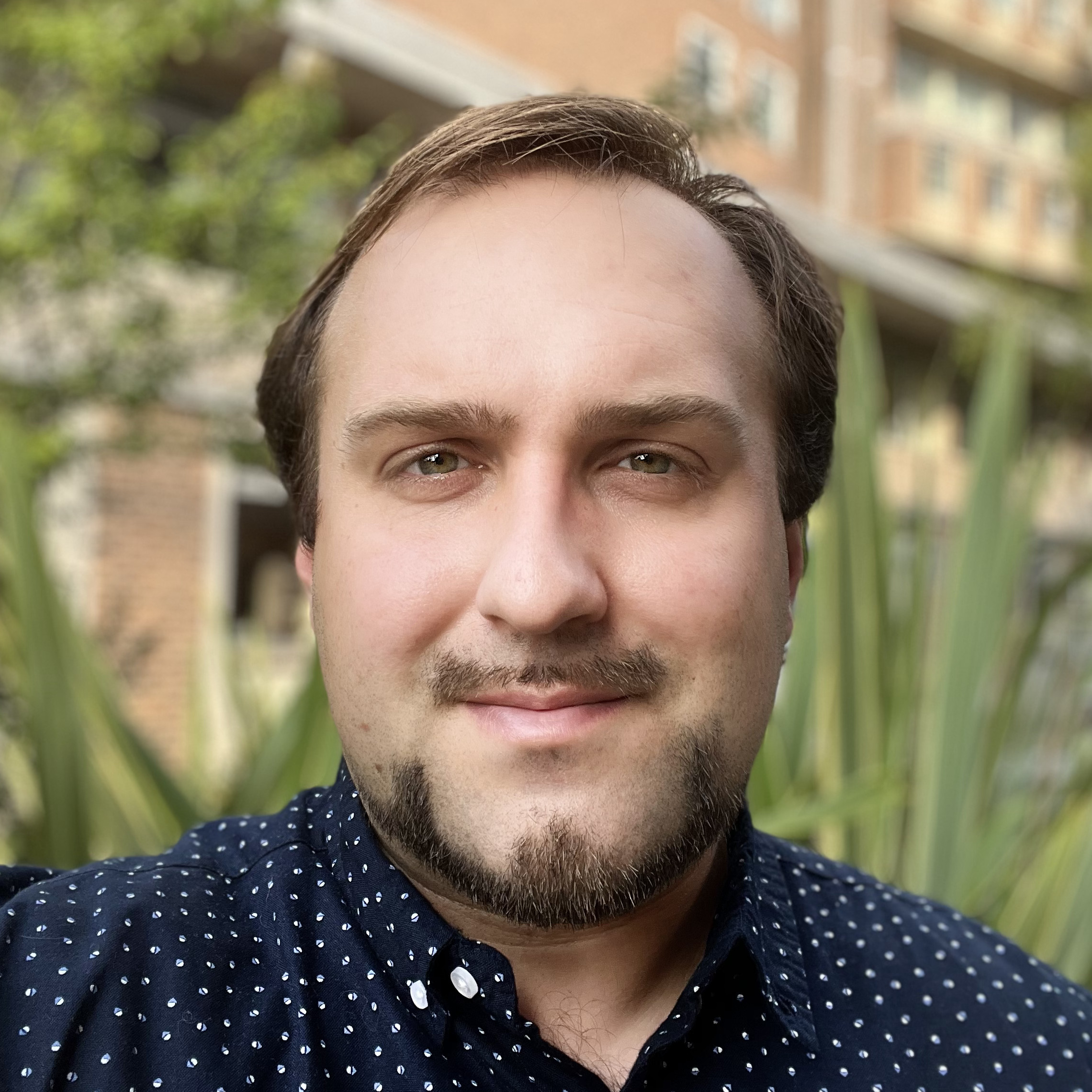Earlier this week, I had the privilege of recording an episode of a Restoring Darkness podcast with Michael Colligan and Mark Baker. The topics of our conversation ranged from light pollution activism, the role of the lighting industry in solving light pollution, and how we at the Environment and Sustainability Institute and Departments of Physics and Astronomy at the University of Exeter are ‘building the light pollution matrix’.
This last line is a fun tagline, but like many good taglines, it does cut straight to the core message of the work that we’re trying to do at Exeter. Like the real matrix, we are developing computer models that aim to model the world as realistically as we can. We simulate the propagation and interaction of light with its environment, using a technique called Monte Carlo Radiative Transfer (shortened to MCRT). This method gives us incredible flexibility in the environments and scenarios that we can simulate, and the outputs that we can produce from our models. We then analyse the outputs from these models to understand how the availability and characteristics of light and darkness present in the environment interacts with and impacts ecological systems, scaling from individual humans and animals to populations. If this all sounds interesting, we have a paper presenting our first round of simulations and findings that has recently been accepted and should be published very soon. I’m looking forward to sharing that with you when it’s available.
In the meantime, if you’d like a hint of the work we’re doing, please do catch Episode 96 of the Restoring Darkness podcast.

